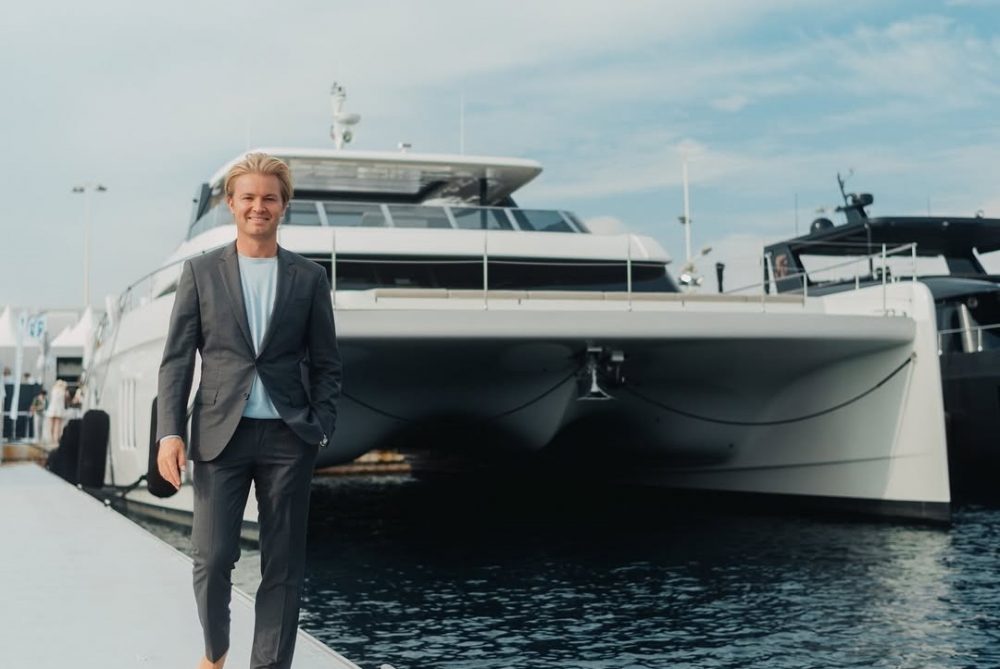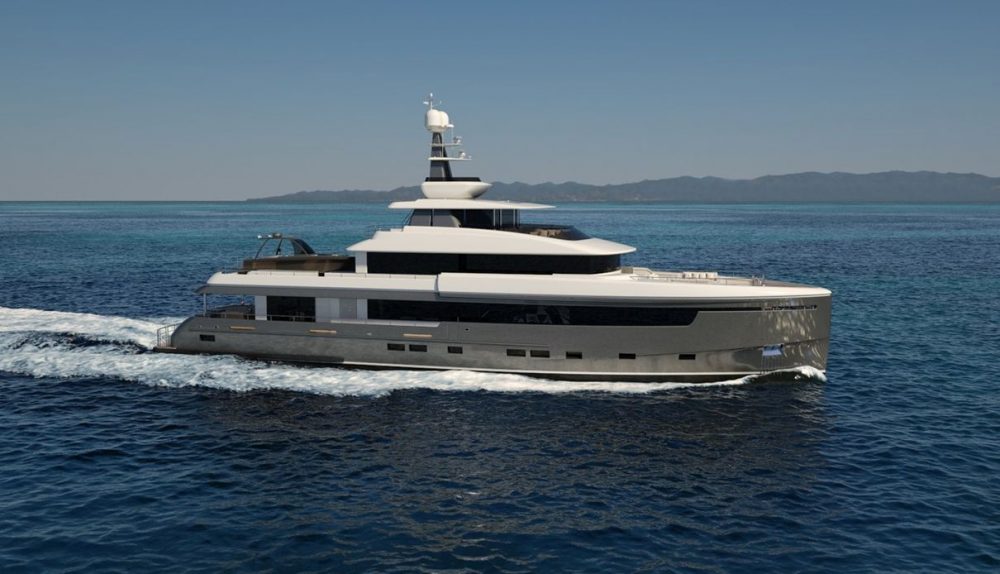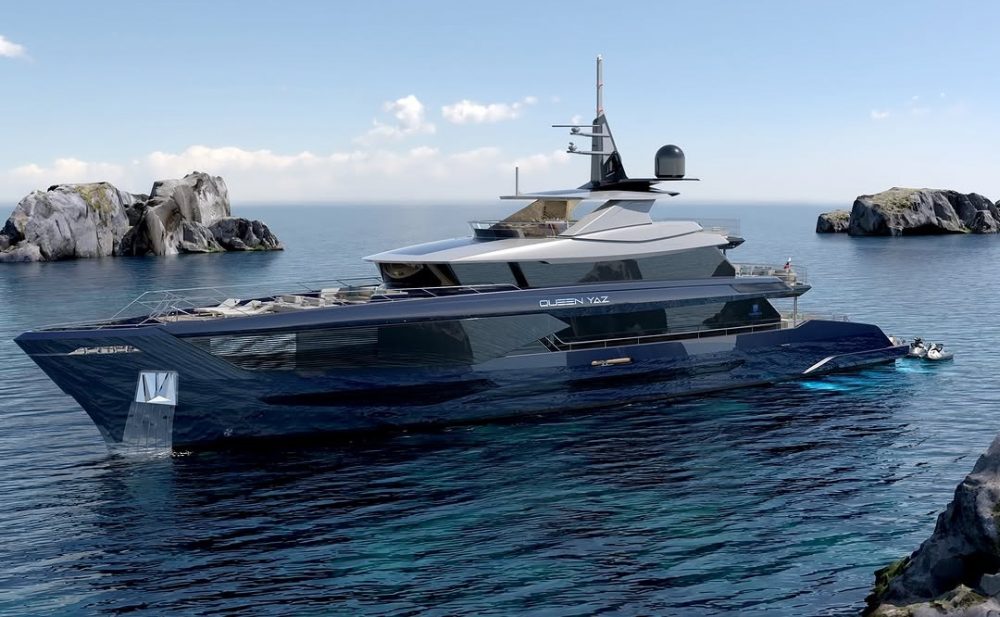The Italian stallion, Ferrari, is on the brink of introducing the world to the much-anticipated successor of the iconic 812 Superfast. Slated for a 2024 release, this new marvel is poised to redefine grand touring with an engine that promises to roar past the 800bhp mark, all while keeping the electrification at bay.
The automotive world is abuzz with excitement as spy shots of the prototype, initially masquerading as a Roma and now flaunting production-spec attire, grace the internet.
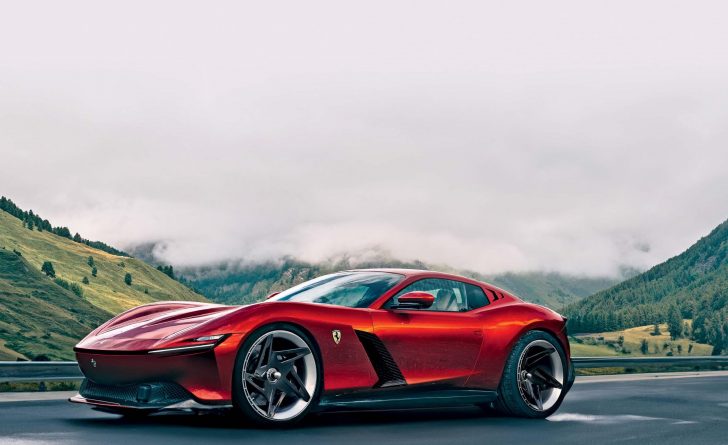
GTN / With a bonnet stretching further than ever, hints are strong that this superfast car harbors Ferrari's most formidable V12 yet.
Ferrari stands its ground with the decision to keep its new grand tourer purely combustion-based, much like its predecessor, the 812. This move resonates with the marque's commitment to its 12-cylinder legacy, evident in its recent models like the Daytona SP3 and the Purosangue SUV.
As the auto industry pivots to hybrids and electric vehicles, with Ferrari's own 296 and SF90 leading the charge and a fully electric Ferrari on the horizon for 2025, the choice to eschew electrification for this model makes a bold statement. Especially, about the brand's values and its belief in the unparalleled experience of a V12 engine.
What Makes the Ferrari 812 Successor Stand Out?
Despite the heavy camouflage, the glimpses we have caught of this GT hint at a radical departure from the 812. With redesigned headlights and a new quad-exit exhaust system, it is clear that Ferrari is not merely updating an existing model but introducing something entirely new.
The influence of the Purosangue SUV is expected to be evident. It offers similar design cues and a fusion of muscular elegance that speaks to Ferrari's dual objective: Luxury grand touring with track-worthy performance.

Car Talks / Sharing ‘structural’ similarities with Roma and Purosangue, the Ferrari 812 successor will retain the V12 horsepower engine.
The upcoming GT is anticipated to share its architectural genes with the Roma and Purosangue. Yet it retains a unique distinction with its V12 engine. While the Purosangue is set to explore hybrid territories, this new grand tourer is sticking to the script with a pure combustion engine, sidelining any speculation about an electrified V12.
The Roadmap of Ferrari Ahead
Ferrari's roadmap through 2026 and beyond includes a significant share of pure-combustion vehicles. Even as the company diversifies its offerings with hybrids and its inaugural electric vehicle. The conversation around e-fuels and their potential to keep internal combustion engine (ICE) cars viable post-2035 adds another layer of intrigue to Ferrari's future in an increasingly eco-conscious world.
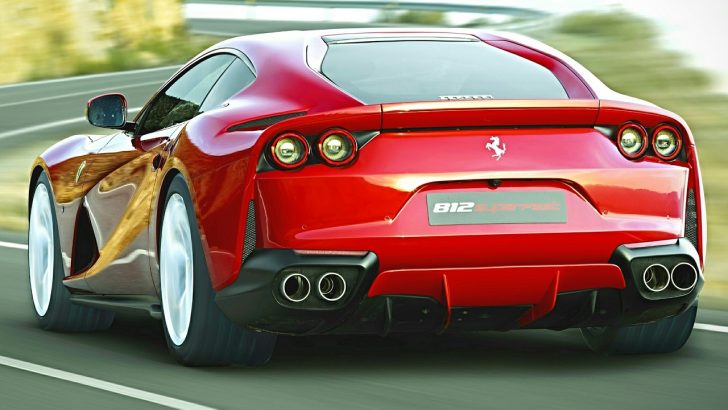
The Talks / According to Ferrari CEO, Benedetto Vigna, Ferrari’s ICE cars will potentially remain on sale “for several years” to come.
These comments show the brand's agility in navigating the evolving automotive landscape. Thus, ensuring that Ferrari's combustion engines will continue to thrill enthusiasts for years to come, potentially even beyond the EU's current cut-off for ICE sales.
So, as Ferrari prepares to unveil the successor to the 812 Superfast, the anticipation among fans and the automotive community is palpable. This new Grand Tourer is not just another car. It is a statement of Ferrari's commitment to its heritage, its dedication to performance, and its vision for the future of luxury driving.
With its blend of traditional craftsmanship and modern innovation, Ferrari is set to embark on a new chapter that honors its past while boldly driving into the future. So, if you are a Ferrari lover, keep your eyes on the horizon. The best is yet to come!


